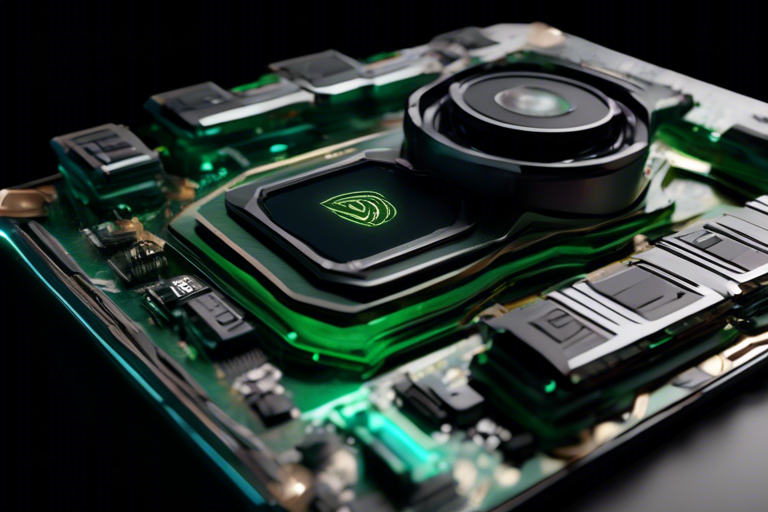Revolutionizing AI with Synthetic Data 🤖
In the realm of computer vision and AI, the use of large-scale synthetic data tailored to specific use cases is gaining immense importance. NVIDIA is at the forefront of this revolution, leveraging digital twins to create physics-based virtual replicas of real-world environments like factories and retail spaces. This innovation allows for precise simulations of real-world settings, as detailed in the NVIDIA Technical Blog.
Enhancing AI with Synthetic Data
NVIDIA’s Isaac Sim, integrated into NVIDIA Omniverse, serves as a comprehensive tool for designing, simulating, testing, and training AI-powered robots. The Omni.Replicator.Agent (ORA) extension within Isaac Sim is dedicated to generating synthetic data for training computer vision models, including the TAO PeopleNet Transformer and TAO ReIdentificationNet Transformer.
- NVIDIA Isaac Sim facilitates AI-enabled robot design and training
- ORA extension in Isaac Sim generates synthetic data for computer vision models
Overview of ReIdentificationNet
ReIdentificationNet (ReID) is a network utilized in multi-camera tracking (MTMC) and Real-Time Location System (RTLS) applications to track and identify objects across different camera views. By extracting embeddings from detected object crops, ReID captures crucial information such as appearance, texture, color, and shape, enabling the identification of similar objects across various cameras.
- ReID is essential for tracking objects across multiple camera views
- Fine-tuning ReID models with synthetic data improves accuracy
Model Architecture and Pretraining
The ReIdentificationNet model takes RGB image crops as inputs and generates embedding vectors for each image crop. With support for different backbones like ResNet-50 and Swin transformer, the model’s pretraining involves a self-supervised learning technique called SOLIDER, enhancing human-image representation through semantic information.
- The model supports various backbone options for enhanced performance
- SOLIDER technique enriches human-image representation during pretraining
Fine-tuning the ReID Model
Fine-tuning involves training the pre-trained model on both synthetic and real datasets to address issues like ID switches. NVIDIA recommends using synthetic data generated by ORA to ensure the model captures the unique characteristics of the specific environment, leading to more accurate identification and tracking.
- Fine-tuning improves model performance and reduces ID switches
- Synthetic data from ORA enhances model accuracy for specific environments
Simulation and Data Generation
Synthetic data for training the ReID model is generated using Isaac Sim and Omniverse Replicator Agent. Factors like character count, uniqueness, camera placement, and behavior play a crucial role in configuring the simulation to ensure optimal model training.
- Optimal simulation configuration ensures effective ReID model training
- Character uniqueness and behavior customization enhance model performance
Training and Evaluation
After generating synthetic data, the TAO ReIdentificationNet model is trained using various techniques like ID loss, triplet loss, and random erasing augmentation to enhance model accuracy. Evaluation procedures, including rank-1 accuracy and mean average precision (mAP), validate the model’s performance, showcasing significant accuracy improvements with synthetic data fine-tuning.
- Training techniques enhance model accuracy and robustness
- Evaluation metrics validate model performance improvements post-fine-tuning
Deployment and Conclusion
Following fine-tuning, the ReID model can be exported for deployment in MTMC or RTLS applications, showcasing enhanced accuracy without extensive labeling efforts. This workflow, leveraging ORA and the developer-friendly TAO API, enables developers to optimize ReID models effectively for diverse environments.
Hot Take: Innovation in AI 🌟
As AI technology continues to evolve, the integration of synthetic data in training workflows is revolutionizing model accuracy and performance. NVIDIA’s advancements in generating high-quality synthetic data and fine-tuning AI models present exciting opportunities for enhancing multi-camera tracking and object identification across various applications. By leveraging the power of synthetic data and innovative training techniques, AI development is poised to reach new levels of precision and reliability.





 By
By
 By
By

 By
By
 By
By
 By
By